RETAIL INNOVATION | article | Sunday, September 1, 2019
THE NEW LUXURY RETAIL EXPERIENCE
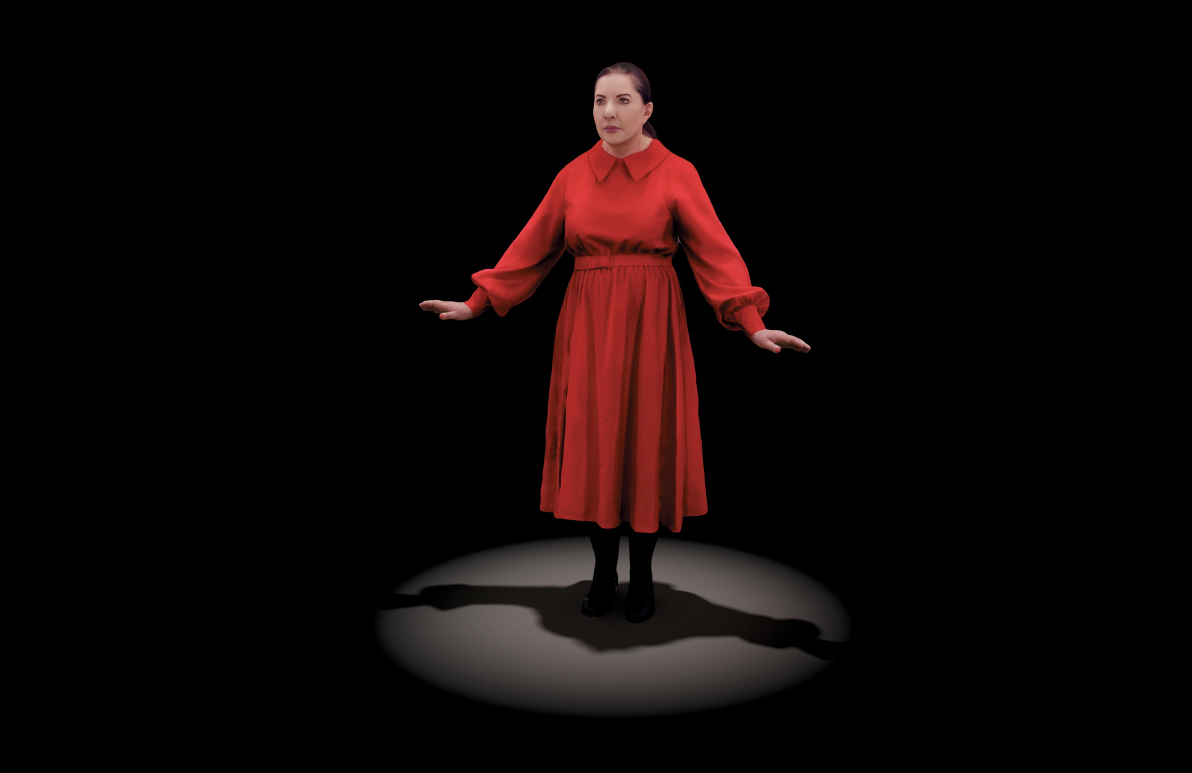
Just like any industry, the luxury business is having to stay abreast of changes that are affecting every market and every consumer. In a world shaken by changing geopolitics, stalled trade deals, and disruptive technologies, the rules of the game are changing. At the same time, consumers are becoming more individualistic affirming their uniqueness and acquiring more conscious consumer habits. Faced with a growing number of "on demand” offers, people no longer settle for less. Brand loyalty becomes more ephemeral, and buying practices constantly fluctuate between online and offline modes. High doses of technology are used to shape and adapt the consumer’s surrounding universe in order to better fit his/her desires.
The retail experience is transitioning from a traditional paradigm, with a strong emphasis on physical stores and e-commerce (priority contact points with the customer and main profit source), to a retail model composed of new and multiple online and offline points that allow interactions with the consumer and global monetization of that relationship.
From this perspective, luxury brands must radically redesign their retail experience, creating a universe that transforms the shopping process into an emotional journey. Imagine travelling on the famed Orient Express train where the travel - the act of buying - is as relevant as the destination. A journey that is comprised of several touch-points intersecting on different planes: human, digital, and physical.
Clearly, however, this journey of sorts cannot be linear, but must be designed as a constellation of experiences - some micro, others macro - that allow consumers to navigate at their leisure (enter, circulate and exit) through touch-points that simultaneously adapt to ones needs and desires. At these touch-points, consumers can access the history of the brand, or just experience emotions indirectly associated with the story, while at other points, consumers will be able to acquire products. The commercial objective - far from requiring that each touch-point must have direct profitability - instead sees the retail experience as holistic, whereby monetization can occur at any one of the online or offline points.
Take Harvey Nichols in London as an example. The brand takes advantage of staff downtime through an application called Hero, which allows digital customers to know the availability of employees in order to establish a new point of contact. The application allows customers to interact in real time with staff, quickly get product responses and book an appointment for their next visit to the store.
Moreover, the objective of combining multiple channels is to provide an extremely personalized service, resulting from deep knowledge of people's emotions, which is now made possible with the use of fundamental tools such as Big Data, Artificial Intelligence and Emotional Engineering. These tools will not only allow brands to design the initial experience, but will also enable them to explore in real time people’s reactions, so that aesthetic and functional details can be reconfigured, if necessary. As an example, the Emotional Art Gallery, developed by Clear Channel Affairs studio in Stockholm, uses the detection of travellers' emotions in real time to trigger the replacement of billboards with works of art, thus combating negative feelings . The same could be applied to a store, where the capacity to determine emotional states of clients would trigger the adjustment, as needed, of lighting, music, colors, images, going even as far as changing the air quality, to positively influence consumers.
On the basis of this new model, the online will marry the offline in an augmented reality that feels as vivid as an amazing dream during REM sleep, amplifying perceptions and leaving an indelible impression in people’s memory. Just like ‘The Life’, the Mixed Reality experience concocted by artist Marina Abramovich last February at The Serpentine Gallery in London where viewers were stunned to see her appear and move towards them as though she were actually in the room. Imagine the possibilities that this technology could open up to retailers!
Following along this thread of the “retail experience journey”, the physical store will increasingly resemble an immersive universe where the brand’s history and identity, as well as current inspirations, will intertwine to offer a truly entertaining and informative and ever changing experience. For instance, The Carousel at Bloomingdale’s is a rotating thematic area whose products and aesthetics change every month according to the likes of a guest curator choosing a theme to reflect society’s current preoccupations and sensibilities.
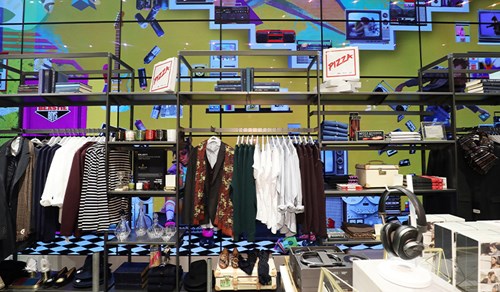
“The Purchase” will turn into a sort of performance by skilled actors on a theatrical stage, aided by technology to better understand customers' emotional states and anticipate their demands and caprices. John Lewis in the UK is already ahead of the game, sending its staff to drama school in a bid to entertain, amuse and engage on a more personal and emotional level with customers.
In a quest to make the shopping experience more exciting and authentic the physical store will incorporate experiential areas for key products, in some cases recreating extreme or unique conditions. The Freeze Room by Canada Goose allows customers to try their luxury winter coats in a frigid room at -27° Celsius, as an experiential moment before the purchase. By the same token, Burberry could create a rain cabin for customers to try on their iconic waterproof coats.
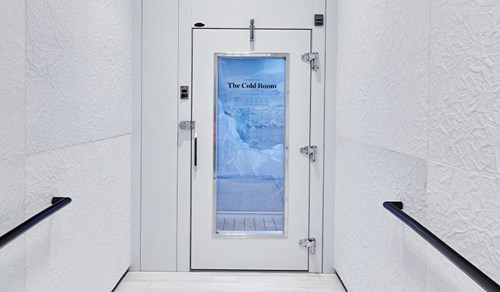
Other leading luxury brands could go even further, rethinking their physical retail strategies by creating stores in unusual, unexpected and scenic locations, thereby adding an element of surprise and drawing customers to the physical spaces, converting them into must-see attractions for contemporary travelers. Imagine an underwater shop, a store on a mountain peak or in the middle of a rice field. Once again, this kind of inspiration does not necessarily come from brands in the luxury segment. Last year, The North Face opened a pop up shop at 2100m altitude in the middle of the Dolomites mountain range in Italy. The only way to get to the store was to go on a two-hour hike, thus completely redefining the shopping "journey".
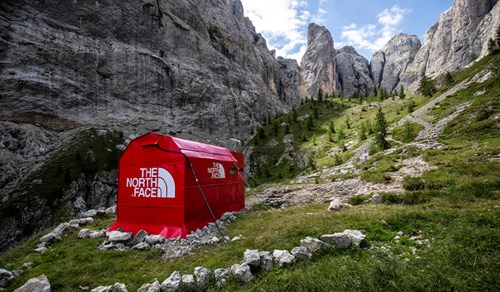
Additionally, products will become entry points into an exclusive brand content universe, giving customers access to key information: design inspirations, manufacturing techniques, and workshop environments, ensuring complete transparency on traceability. LVMH has recently developed the Aura technology which is the first international blockchain conceived to help customers trace luxury products to ensure their authenticity.
The personalization trend, which is being adopted by all luxury brands, will move to a new level for EICs (Extremely Important Customers): imagine enjoying the privilege of spending time with the Creative Director of the brand to co-design a product, make custom orders, establish stronger ties than ever with the brand and feel part of the "designer family", in a true style of "haute couture." A case that exemplifies this trend is that of Fazioli Pianos, manufacturer of high-end pianos, who can customize the design of their instruments for those who want a piano to fit with a particular style of interior design (design customization) or for musicians who want a specific keyboard mechanic (technical customization).
In a move towards relieving customers of any pain points, delivery for more expensive items will be undertaken by the brand directly to the customer’s preferred location faster than you can say drone. Gucci, for instance, has partnered with Farfetch, and can deliver any product in less than 90 minutes store-to-door in 10 cities around the world.
Some luxury brands will start to toy with the idea of renting products to compete with the growing second-hand and luxury rental businesses, as well as catering to future generations for whom sustainability - regardless of socioeconomic class - is the key to saving the planet. Commanding the second hand market requires exploring new marketing formulas. An inspiring and trailblazing case comes from a fast-fashion business and, as we have seen before, practices developed by fast-fashion brands have, slowly but surely, influenced luxury brands as well. The H&M Group has recently invested in the second-hand platform Sellpy. The online reseller will soon be adding a section on their site to sell second-hand clothes under the & Other Stories brand.
A drop culture will permeate the luxury world putting an end to bi-seasonal rhythms and creating a more diverse price architecture that helps reach a broader consumer base, with an eye towards a younger, more hype-driven audience. Burberry, Moncler Genius and Selfridges’s YellowDrop have already been practicing this concept to engage a generally younger clientele who value the exclusivity of the limited edition and are excited about buying a product as soon as it appears in the digital space. YellowDrop at Selfridges is also a good case in point of how digital communication can serve as a pull to the brick-and-mortar: any item ‘dropped’ or published on YellowDrop’s Instagram account can only be purchased in the store. The main target is the ‘street-to-designer’ shoppers: socially engaged, they prefer cross-category shopping, mixing affordable contemporary and skate brands with luxury designer labels, and are interested in fashion, music, art, and skateboarding.
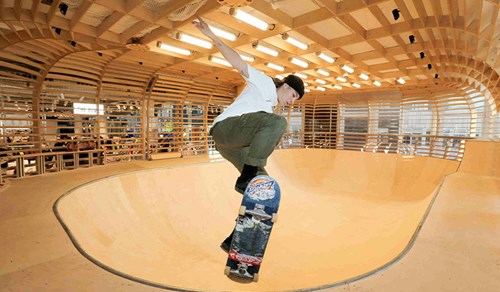
In the future, luxury retail will need to provide a memorable journey guided by emotions to facilitate frictionless navigation through a universe of powerful experiences: “performative" stores, mixed interactive platforms, hyper-personalized creative services, inspiring windows, meaningful products, fully transparent traceability systems, adventure pop-ups, augmented social networks, curated offers, unusual collaborations, among others. The goal will be to support the shift from story-telling to story-living through emotionally transformative experiences.
